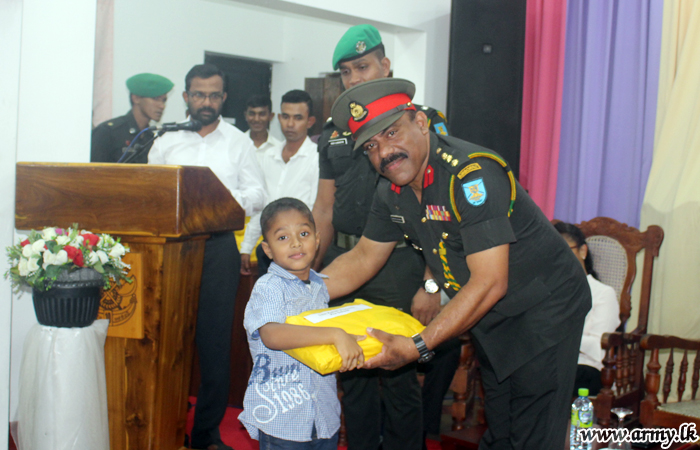The Sri Lanka army has held several events in Tamil schools across the North-East this month, as uniformed soldiers were seen giving handouts to Tamil schoolchildren.
Events took place in Batticaloa, Jaffna and Kilinochchi amongst others, which the army had showcased on its official website (see here, here and here).
The events, where senior military commanders are invited as chief guests and garlanded, before being photographed handing out school supplies to Tamil children, have come under fire as part of the state’s extensive miltiarisation of civilian life in the region.
More than a decade after the end of the armed conflict, tens of thousands of Sri Lankan soldiers remain deployed across the North-East. The military remains extensively involved in civilian life in the region, making regular appearances at schools, places of worship and other community events.

Despite repeated calls for the Tamil homeland to be demiltiarised and the military to leave, the armed forces continue to maintain an overwhelmingly large presence. A 2017 report by PEARL and the Jaffna-based Adayaalam Centre for Police Research, which focussed on the extent of militarisation in Mullaitivu, found that there was as many as one soldier for every two civilians in the district.




